In theory, other dimensions aren’t big enough to form black holes and consume our universe or it would have happened already.
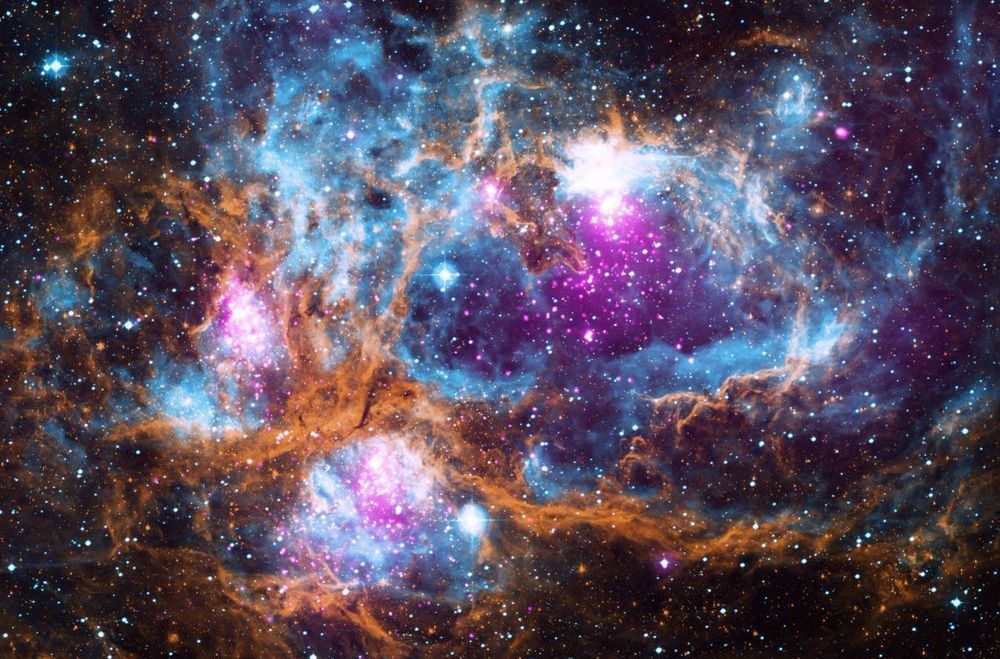


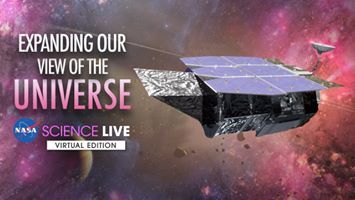
NASA’s WFIRST mission will explore the universe, seeking answers to some of its biggest mysteries. From understanding the nature of dark energy to studying planets outside our solar system, this mission will expand our view of the cosmos. Join experts Wednesday, May 20 at 11 a.m. ET for an exciting announcement about the WFIRST mission.
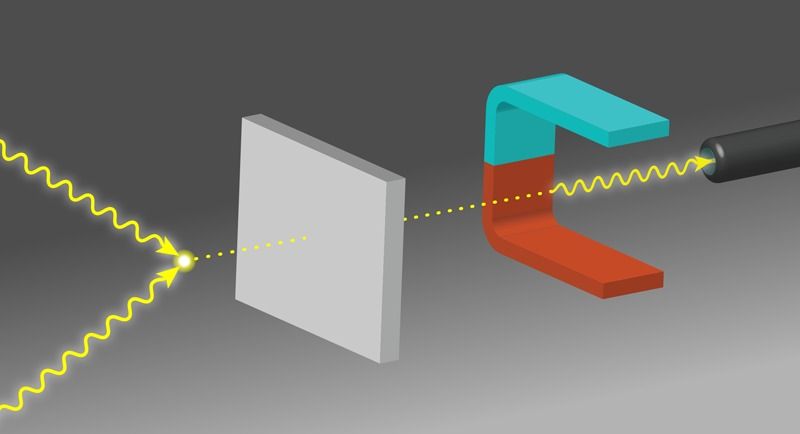
The collision of two intense light beams may produce detectable signatures of dark matter particles called axions.
Axions—hypothetical particles that are much lighter than electrons—could hold the key to important physics puzzles, from the matter–antimatter asymmetry to the nature of dark matter. So far, the strongest constraints on their properties, such as their mass and how they couple to photons, come from astrophysical measurements that look for axions produced by photons interacting with magnetic fields inside the Sun. Now, Konstantin Beyer at the University of Oxford, UK, and colleagues propose a lab-scale experiment based on colliding intense laser beams. The researchers say that, for an important range of axion masses, their approach would be as sensitive as astrophysical searches but much less dependent on hard-to-test models of astrophysical axion-generation processes.
The team’s scheme is a variation of the “light-shining-through-a-wall” (LSW) method of axion detection. In LSW, axions created by a laser beam propagating in a magnetic field would be detected after passing through a wall that shields the detector from the laser photons. The team’s new scheme uses two laser beams, whose collision may produce axions through a light–light scattering process. After passing through the wall, the axions would be converted into detectable photons by a magnetic field.
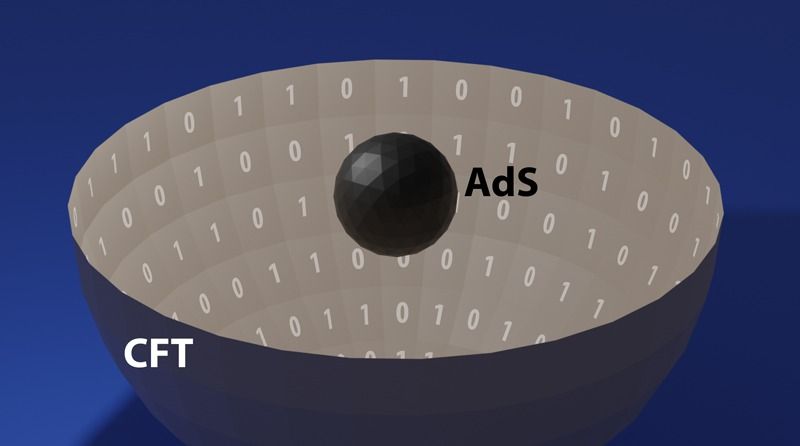
String theory provides a microscopic description of the entropy of certain theoretical black holes—an important step toward understanding black hole thermodynamics.
In the 1970’s, theorists determined that black holes have entropy [1], a remarkable finding that points at analogies between these spacetime singularities and systems of particles, such as classical gases. The crucial proof was provided by Stephen Hawking, who demonstrated, using a quantum-mechanical framework, that black holes radiate as if they were black bodies with a specific temperature [2]. The analogy was completed by extending all four laws of thermodynamics to black holes [3]. In thermodynamics, entropy is an important bridge between the macroscopic and the microscopic world: In a gas, for instance, entropy relates macroscopic heat transfer to the number of available microscopic states of the gas molecules. Providing a similar microscopic explanation of black hole entropy is an important test for theories that aim to unify gravity and quantum mechanics.
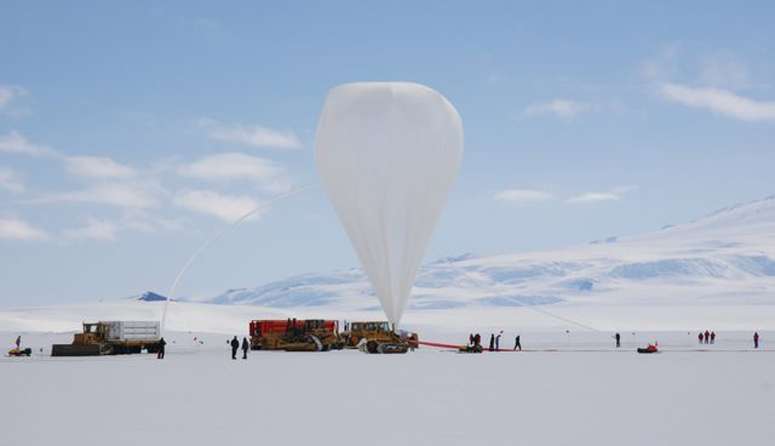
(WHDH) — Scientists at NASA have reportedly uncovered evidence of a bizarre parallel universe where the rules of physics and time appear to be operating in reverse.
Researchers conducting an experiment in Antarctica discovered particles from a universe that was born during the same Big Bang the created the one we live in, according to NewScientist.
A NASA team was using a giant balloon to carry electronic antennas into the sky above the frozen wastes of Antarctica when they encountered a “wind” of particles from outer space that were “a million times more powerful” than anything they had seen before, the news outlet reported.
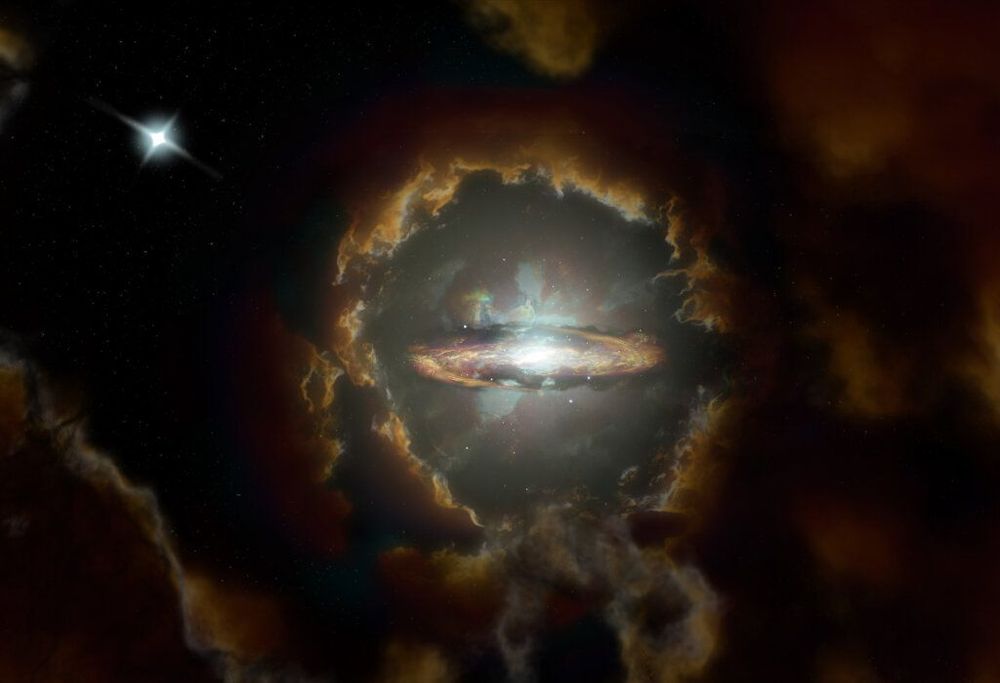
In our 13.8 billion-year-old universe, most galaxies like our Milky Way form gradually, reaching their large mass relatively late. But a new discovery made with the Atacama Large Millimeter/submillimeter Array (ALMA) of a massive rotating disk galaxy, seen when the universe was only ten percent of its current age, challenges the traditional models of galaxy formation. This research appears on 20 May 2020 in the journal Nature.
Galaxy DLA0817g, nicknamed the Wolfe Disk after the late astronomer Arthur M. Wolfe, is the most distant rotating disk galaxy ever observed. The unparalleled power of ALMA made it possible to see this galaxy spinning at 170 miles (272 kilometers) per second, similar to our Milky Way.
“While previous studies hinted at the existence of these early rotating gas-rich disk galaxies, thanks to ALMA we now have unambiguous evidence that they occur as early as 1.5 billion years after the Big Bang,” said lead author Marcel Neeleman of the Max Planck Institute for Astronomy in Heidelberg, Germany.
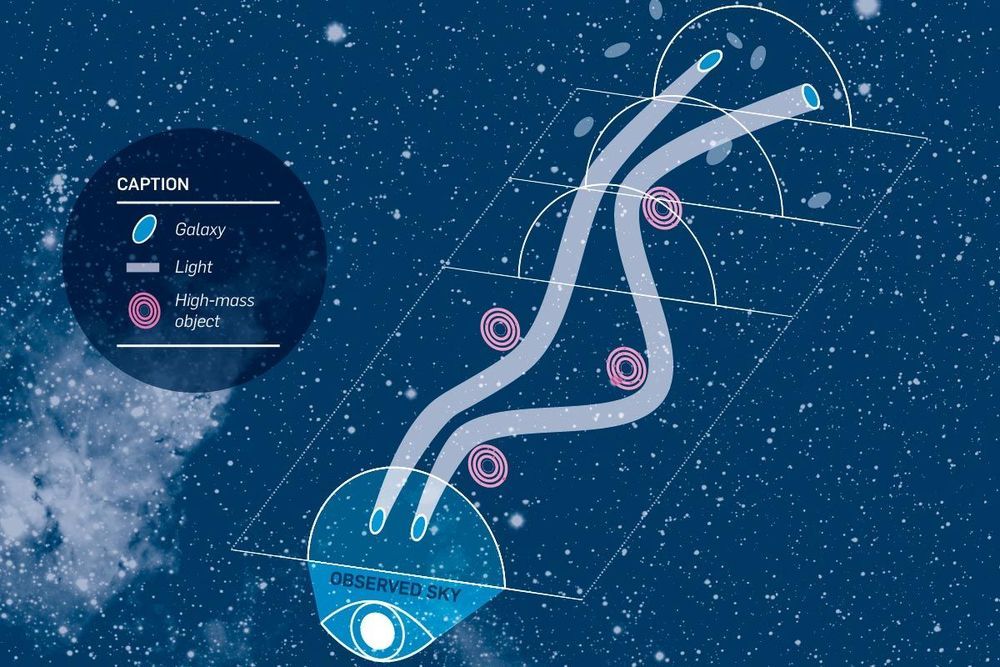
Results from physicists in Bochum have challenged the Standard Model of Cosmology. Infrared data, which have recently been included in the analysis, could be decisive.
Bochum cosmologists headed by Professor Hendrik Hildebrandt have gained new insights into the density and structure of matter in the Universe. Several years ago, Hildebrandt had already been involved in a research consortium that had pointed out discrepancies in the data between different groups. The values determined for matter density and structure differed depending on the measurement method. A new analysis, which included additional infrared data, made the differences stand out even more. They could indicate that this is the flaw in the Standard Model of Cosmology.
Rubin, the science magazine of Ruhr-Universität Bochum, has published a report on Hendrik Hildebrandt’s research. The latest analysis of the research consortium, called Kilo-Degree Survey, was published in the journal Astronomy and Astrophysics in January 2020.
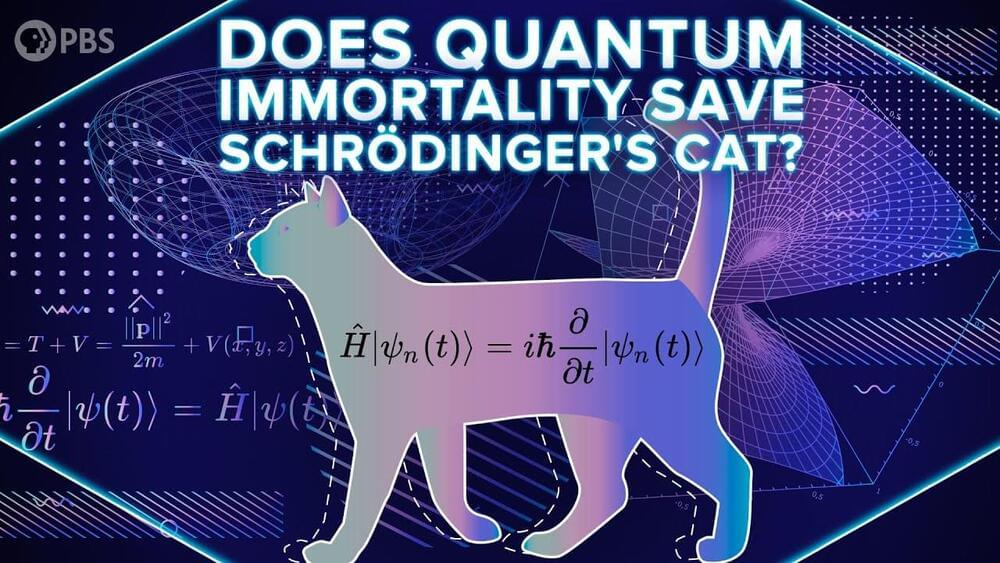
Education Saturday with Space Time.
To quote eminent scientist Tyler Durden: “On a long enough timeline, the survival rate for everyone drops to zero.” Actually… not necessarily true. If the quantum multiverse is real there may be a version of you that lives forever.
F we can’t ever peer into these other realities that are used to explain quantum mechanics, how do we know they exist? In order to understand what happens to those different branches, and to understand why we find ourselves in one of them, we need to embrace one of the interpretations of quantum mechanics. For example, the Copenhagen interpretation, which says that thefunction branches that we don’t observe somehow vanish at the moment of measurement. Or the Many Worlds Interpretation, which states that those other branches are just as valid as ours – implying that reality may split and multiply in all possible ways. In that case, we only see one branch because we live in that branch, and the others are rendered inaccessible by decoherence. But today I’m going to offer a test. Admittedly NOT a very useful one – but one that’s fun to think about. We’ll call this test quantum immortality. It’s based on the famous Schrodinger’s cat thought experiment.
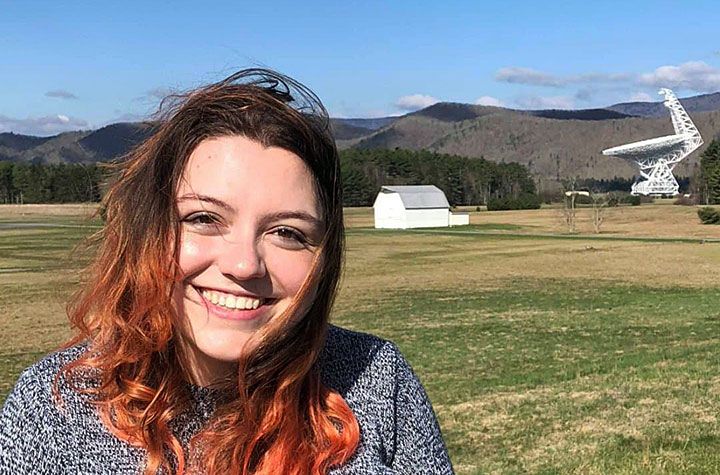
With the help of the U.S. Department of Energy’s (DOE) Brookhaven National Laboratory, Juliette Stecenko is exploring cosmology—a branch of astronomy that investigates the origin and evolution of the universe, from the Big Bang to today and into the future. As an intern through DOE’s Science Undergraduate Laboratory Internships (SULI) program, administered at Brookhaven by the Office of Educational Programs (OEP), Stecenko is using modern supercomputers and quantum computing platforms to perform astronomy simulations that may help us better understand where we came from.
Stecenko works under the guidance of Michael McGuigan, a computational scientist in the quantum computing group at Brookhaven’s Computational Science Initiative. The two have been collaborating on simulating Casimir energy—a small force that two electrically neutral surfaces held a tiny distance apart will experience from quantum, atomic, or subatomic fluctuations in the vacuum of space. The vacuum energy of the universe and the Casimir pressure of this energy could be a possible explanation of the origin and evolution of the universe, as well a possible cause of its accelerated expansion.
“Casimir energy is something scientists can measure in the laboratory and is especially important for nanoscience, or in cosmology, in the very early universe when the universe was very small,” McGuigan said.